On October 10, 2025, President Donald Trump announced an additional 100% tariff on goods imported from China, expected to take effect from November 1, 2025, and signaled new export controls on important software.
The move is in addition to the existing tariffs and comes just before the Supreme Court (SCOTUS) is scheduled to hold hearings on the legality of some tariffs on November 5, 2025. The window for negotiations remains open as the two sides are expected to meet on the sidelines of the APEC 2025 Summit, which will take place from October 31 to November 1, 2025 in Gyeongju, South Korea, but the change of heart on the meeting schedule between the two top leaders of the US and China shows a high level of uncertainty. In that context, the 100% tariff is seen as a lever before APEC rather than an end point.
China shows tough stance for long war.
China has not backed down and is implementing a large-scale export control package for rare earths and magnets through a series of MOFCOM announcements. China requires licenses for foreign-made goods if they contain ≥0.1% of Chinese-origin rare earths by value or use Chinese mining-smelting-separation-magnetizing technology; military- use applications are rejected in principle. Some provisions apply immediately, others from December 1, 2025.
In parallel, China imposed retaliatory port fees on US ships at 400 CNY/ton from October 14, 2025 and opened an anti-monopoly investigation into Qualcomm, showing a multi-pronged and uncompromising response strategy.
China has been preparing for a long-term confrontation with the US through strategies such as "Made in China 2025" since 2015 and diversifying investments and supply chains through the Belt and Road Initiative. At the same time, its huge foreign exchange reserves of up to 3,200 billion USD and 2,300 tons of gold allow it to support domestic enterprises through subsidies and tax breaks. China's strengthening of relations with BRICS partners such as Russia and India by increasing the use of the yuan in transactions between countries has weakened the strength of the USD (China's US government bonds have decreased from 1,100 billion USD in 2018 to nearly 800 billion USD today).
According to the perspective of the Market Strategy Department, Rong Viet Securities Company, the fact that China has been preparing since Trump 1.0 until now shows that China is very unlikely to make concessions if a reasonable agreement is not reached and the possibility of conflict will increase when both countries cannot keep calm.
However, this scenario is not entirely negative for Vietnam. The current situation has many similarities with 2018, when Vietnam benefited from the “China +1” wave, especially in sectors such as garments, seafood, furniture, toys and electronics - industries that are being prioritized by global businesses to shift orders to the Southeast Asian region to minimize tariff risks.
From a valuation perspective, the Market Strategy Department of Rong Viet Securities Company believes that the risks from this event are unlikely to significantly affect the profit foundation of listed enterprises, and domestic management policies are still maintaining the direction of supporting production and stabilizing the macro economy.
In the short term, the trend of shifting orders out of China could accelerate if the new tariffs are applied, bringing the total tax rate on Chinese goods to about 155%.
Source: https://baodautu.vn/rui-ro-tu-thuong-chien-my---trung-kho-anh-huong-den-nen-tang-loi-nhuan-cua-doanh-nghiep-niem-yet-d411144.html



![[Photo] Dan Mountain Ginseng, a precious gift from nature to Kinh Bac land](/_next/image?url=https%3A%2F%2Fvphoto.vietnam.vn%2Fthumb%2F1200x675%2Fvietnam%2Fresource%2FIMAGE%2F2025%2F11%2F30%2F1764493588163_ndo_br_anh-longform-jpg.webp&w=3840&q=75)




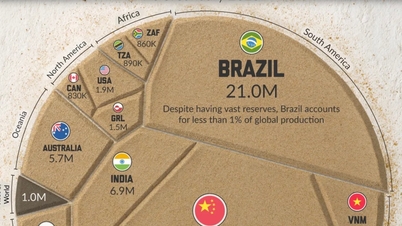

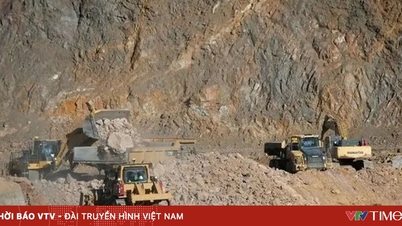



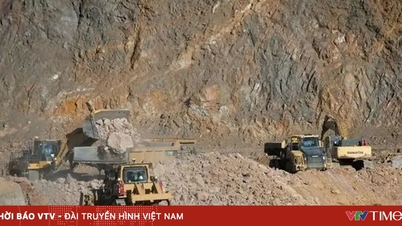
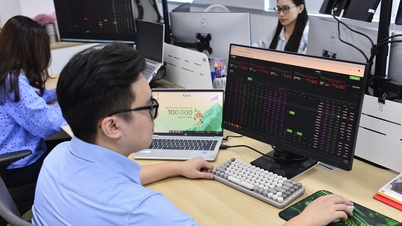
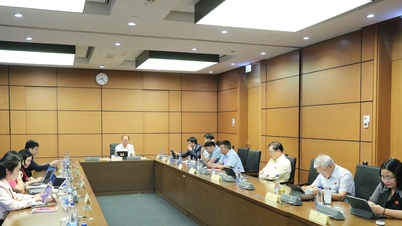





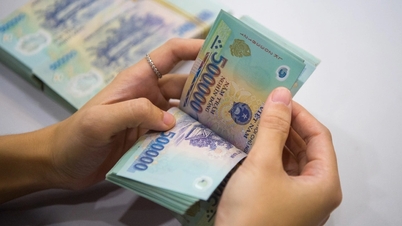


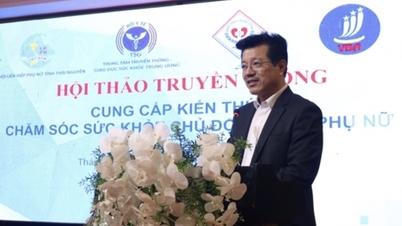










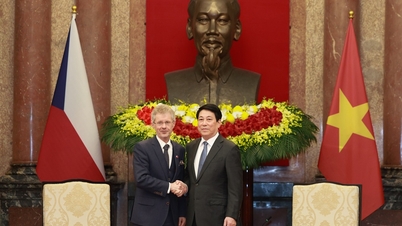
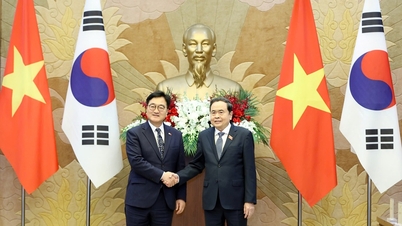




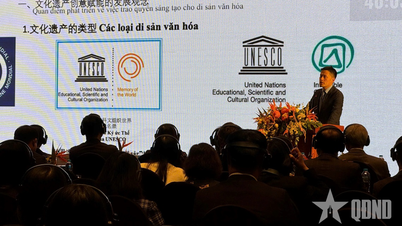










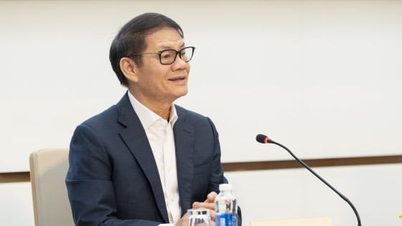





















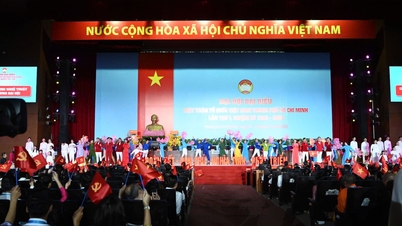




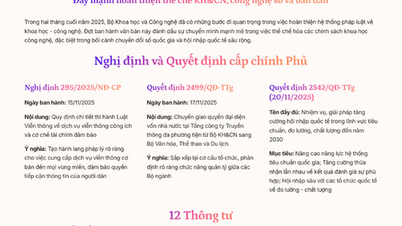

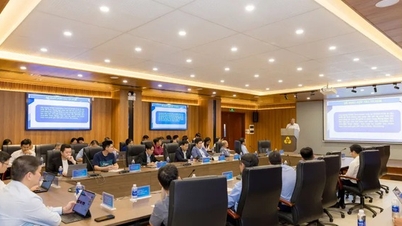

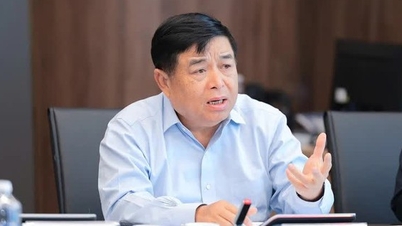
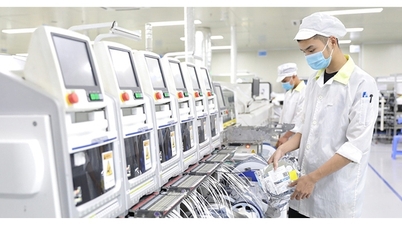
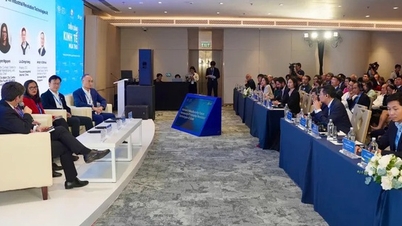


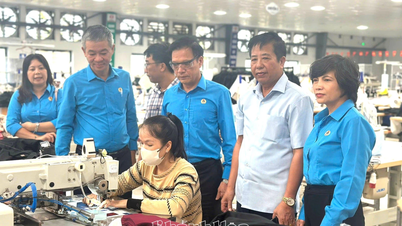


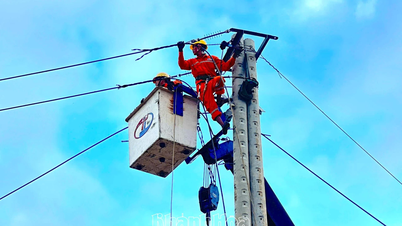















Comment (0)